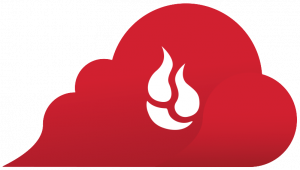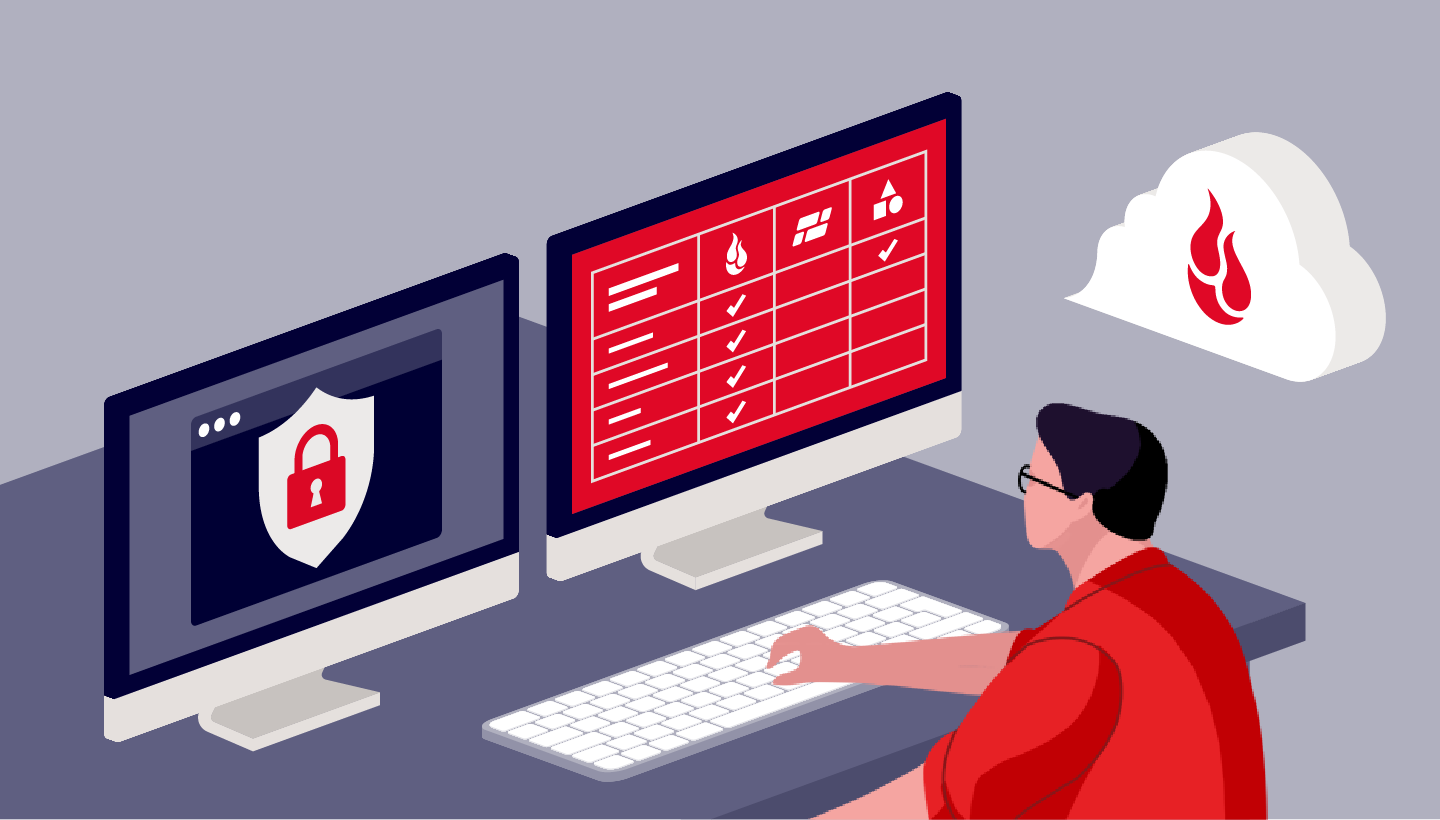
Organizations of all types and sizes need reliable and secure backup. Whether they have as few as 3 or as many as 300,000 computer users, an organization’s computer data is a valuable business asset that needs to be protected.
Modern organizations are changing how they work and where they work, which brings new challenges to making sure the company’s data assets are not only available, but secure. Larger organizations have IT departments that are prepared to address these needs, but often times in smaller and newer organizations the challenge falls upon office management who might not be as prepared or knowledgeable to face a work environment undergoing dramatic changes.
Whether small or large, local or world-wide, for-profit or non-profit, organizations need an endpoint backup strategy and solution that matches the new ways of working in the enterprise.
The Enterprise Has Changed, and So Has Data Use
More and more, organizations are working in the cloud. These days organizations can operate just fine without their own file servers, database servers, mail servers, or other IT infrastructure that used to be standard for all but the smallest organization.
The reality is that for most organizations, though, it’s a hybrid work environment, with a combination of cloud-based and PC and Macintosh-based applications. Legacy apps aren’t going away any time soon. They will be with us for a while, with their accompanying data scattered amongst all the desktops, laptops and other endpoints in corporate headquarters, home offices, hotel rooms, and airport waiting areas.
In addition, the modern workforce likely combines regular full-time employees, remote workers, contractors, and sometimes interns, volunteers, and other temporary workers who also use company IT assets.
The Modern Enterprise Brings New Challenges for IT
These changes in how enterprises work present a problem for anyone tasked with making sure that data — no matter who uses it or where it lives — is adequately backed-up. Cloud-based applications, when properly used and managed, can be adequately backed up, provided that users are connected to the internet and data transfers occur regularly — which is not always the case. But what about the data on the laptops, desktops, and devices used by remote employees, contractors, or just employees whose work keeps them on the road?
The organization’s backup solution must address all the needs of the modern organization or enterprise using both cloud and PC and Mac-based applications, and not be constrained by employee or computer location.
A Ten-Point Checklist for the Modern Enterprise for Backing Up
What should the modern enterprise look for when evaluating a backup solution?
Two Scenarios for the Modern Enterprise
Enterprises exist in many forms and types, but wanting to meet the above requirements is common across all of them. Below, we take a look at two common scenarios showing how enterprises face these challenges. Three case studies are available that provide more information about how Backblaze customers have succeeded in these environments.
Enterprise Profile 1
The needs of a smaller enterprise differ from those of larger, established organizations. This organization likely doesn’t have anyone who is devoted full-time to IT. The job of on-boarding new employees and getting them set up with a computer likely falls upon an executive assistant or office manager. This person might give new employees a checklist with the software and account information and lets users handle setting up the computer themselves.
Organizations in this profile need solutions that are easy to install and require little to no configuration. Backblaze, by default, backs up all user data, which lets the organization be secure in knowing all the data will be backed up to the cloud — including files left on the desktop. Combined with Backblaze’s unlimited data policy, organizations have a truly “set it and forget it” platform.
Customizing Groups To Meet Teams’ Needs
The Groups feature of Backblaze for Business allows an organization to decide whether an individual client’s computer will be Unmanaged (backups and restores under the control of the worker), or Managed, in which an administrator can monitor the status and frequency of backups and handle restores should they become necessary. One group for the entire organization might be adequate at this stage, but the organization has the option to add additional groups as it grows and needs more flexibility and control.
The organization, of course, has the choice of managing and monitoring users using Groups. With Backblaze’s Groups, organizations can set user-based access rules, which allows the administrator to create restores for lost files or entire computers on an employee’s behalf, to centralize billing for all client computers in the organization, and to redeploy a recovered computer or new computer with the backed up data.
Restores
In this scenario, the decision has been made to let each user manage her own backups, including restores, if necessary, of individual files or entire systems. If a restore of a file or system is needed, the restore process is easy enough for the user to handle it by herself.
Case Study 1
Read about how PagerDuty uses Backblaze for Business in a mixed enterprise of cloud and desktop/laptop applications.
In a common approach, the employee can retrieve an accidentally deleted file or an earlier version of a document on her own. The Backblaze for Business interface is easy to navigate and was designed with feedback from thousands of customers over the course of a decade.
In the event of a lost, damaged, or stolen laptop, administrators of Managed Groups can initiate the restore through the web management console, either by downloading a restore ZIP file or by requesting a USB drive to be shipped directly to the organization or user.
Enterprise Profile 2
This profile is for an organization with a full-time IT staff. When a new worker joins the team, the IT staff is tasked with configuring the computer and delivering it to the new employee.
Backblaze for Business Groups
Case Study 2
Global charitable organization charity: water uses Backblaze for Business to back up workers’ and volunteers’ laptops as they travel to developing countries in their efforts to provide clean and safe drinking water.
This organization can take advantage of additional capabilities in Groups. A Managed Group makes sense in an organization with a geographically dispersed work force as it lets IT ensure that workers’ data is being regularly backed up no matter where they are. Billing can be company-wide or assigned to individual departments or geographical locations. The organization has the choice of how to divide the organization into Groups (location, function, subsidiary, etc.) and whether the Group should be Managed or Unmanaged. Using Managed Groups might be suitable for most of the organization, but there are exceptions in which sensitive data might dictate using an Unmanaged Group, such as could be the case with HR, the executive team, or finance.
Deployment
By Invitation Email, Link, or Domain
Backblaze for Business allows a number of options for deploying the client software to workers’ computers. Client installation is fast and easy on both Windows and Macintosh, so sending email invitations to users or automatically enrolling users by domain or invitation link is a common approach.
By Remote Deployment
IT might choose to remotely and silently deploy Backblaze for Business across specific Groups or the entire organization. An administrator can silently deploy the Backblaze backup client via the command-line, or use common RMM (Remote Monitoring and Management) tools such as Jamf and Munki.
Restores
Case Study 3
Read how Bright Bear Technology Solutions, an IT Managed Service Provider (MSP), uses the Groups feature of Backblaze for Business to manage customer backups and restores, deploy Backblaze licenses to their customers, and centralize billing for all their client-based backup services.
Some organizations are better equipped to manage or assist workers when restores become necessary. Individual users will be pleased to discover they can roll-back files to an earlier version if they wish, but IT will likely manage any complete system restore that involves reconfiguring a computer after a repair or requisitioning an entirely new system when needed.
This organization might choose to retain a client’s entire computer backup for archival purposes, using Backblaze B2 as the cloud storage solution. This is another advantage of having a cloud storage provider that combines both endpoint backup and cloud object storage among its services.
The Next Step: Server Backup & Data Archiving with B2 Cloud Storage
As organizations grow, they have increased needs for cloud storage beyond Macintosh and PC data backup. Backblaze’s object cloud storage, Backblaze B2, provides low-cost storage and archiving of records, media, and server data that can grow with the organization’s size and needs.
B2 Cloud Storage is available through the same Backblaze management console as Backblaze Computer Backup. This means that Admins have one console for billing, monitoring, deployment, and role provisioning. B2 is priced at 1/4 the cost of Amazon S3, or $0.005 per month per gigabyte (which equals $5/month per terabyte).
Why Modern Enterprises Choose Backblaze

Businesses and organizations select Backblaze for Business for backup because Backblaze is designed to meet the needs of the modern enterprise. Backblaze customers are part of a platform that has a 10+ year track record of innovation and over 500 petabytes of customer data already under management.
Backblaze’s backup model is proven through head-to-head comparisons to back up data that other backup solutions overlook in their default configurations — including valuable files that are needed after an accidental deletion, theft, or computer failure.
Backblaze is the only enterprise-level backup company that provides TOTP (Time-based One-time Password) via both SMS and Authentication app to all accounts at no incremental charge. At just $50/year/computer, Backblaze is affordable for any size of enterprise.
Backblaze for Business meets all the requirements in our Ten-Point Checklist:
- 1) Easy to deploy to workers’ computers
- 2) Fast and unobtrusive client software
- 3) No configuration required for most users
- 4) Defaults to backing up all valuable data
- 5) Works automatically in the background
- 6) Data restores are fast and easy
- 7) No limitations on data
- 8) Safe & Secure
- 9) Easy-to-manage
- 10) Affordable and transparent pricing
Modern Enterprises can Meet The Challenge of The Changing Data Environment
With the right backup solution and strategy, the modern enterprise will be prepared to ensure that its data is protected from accident, disaster, or theft, whether its data is in one office or dispersed among many locations, and remote and mobile employees.
Backblaze for Business is an affordable solution that enables organizations to meet the evolving data demands facing the modern enterprise.




